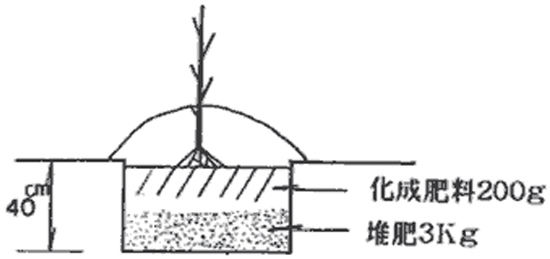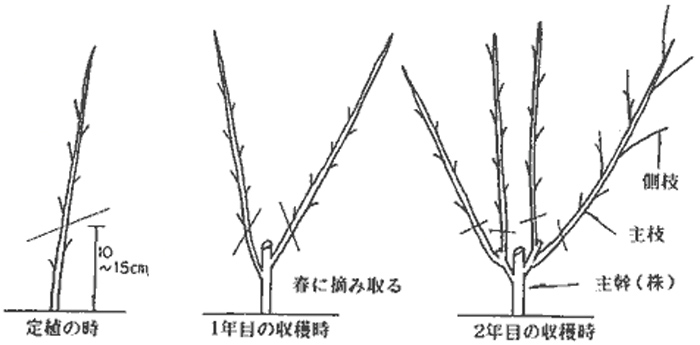The traditional manufacturing method which is based on handwork
The Sugihara paper is a high-quality Japanese paper carefully crafted using the traditional hand-made method.
This process which consumes a lot of time and effort will be described below.
-
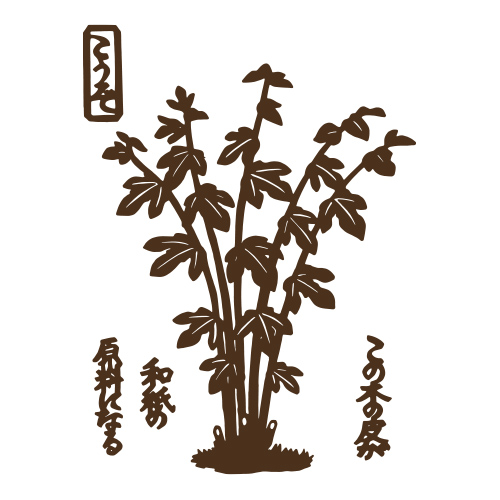
01.[Kouzo] (Paper mulberry)
Mulberry “kouzo”, the raw material for the Japanese paper, is grown.
-
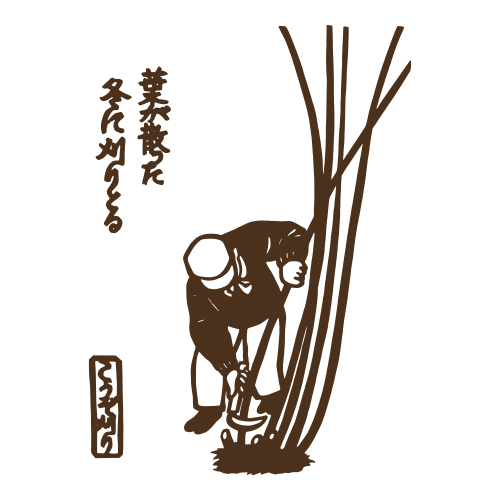
02.[Kouzo-gari] Mulberry cutting
Mulberry which has grown 2 to 3 m in one year is harvested. (December to January)
-
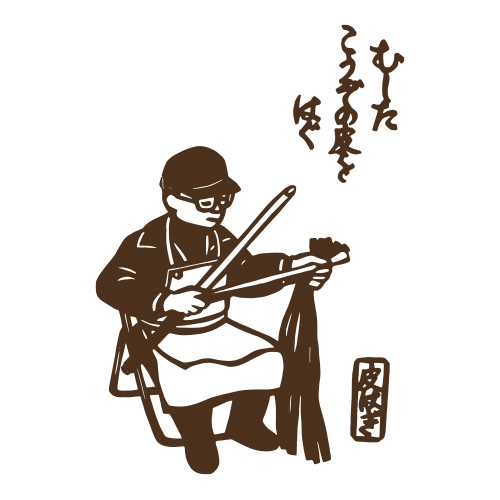
03.[Kawahagi] Peeling
Peeling the steamed mulberry bark while it is hot. (January to February)
-
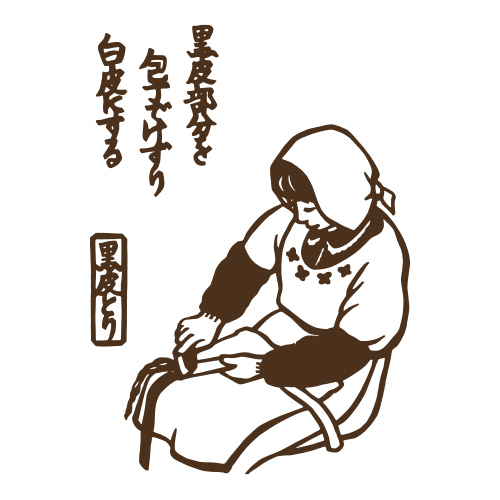
04. [Kurokawa-tori] Getting rid of black bark
Scraping the outer black bark with a knife to turn it into white bark. (January to March)
-
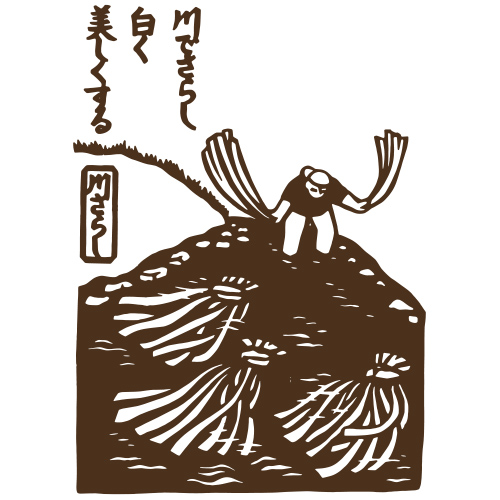
05.[Kawasarashi] Soaking in the river
Soaking the white bark in the Sugihara river for one night and whitening it with cold water, sunlight, snow and other elements of nature. (January to March)
-
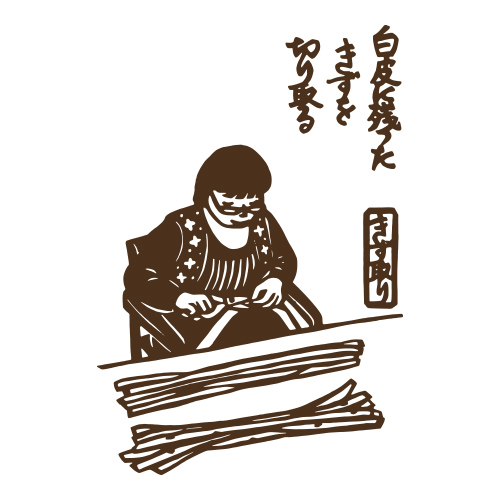
06.[Kizutori] Removing bad fibers
Saving only the beautiful fibers by removing defects such as scratches and worm holes from the white bark.
-
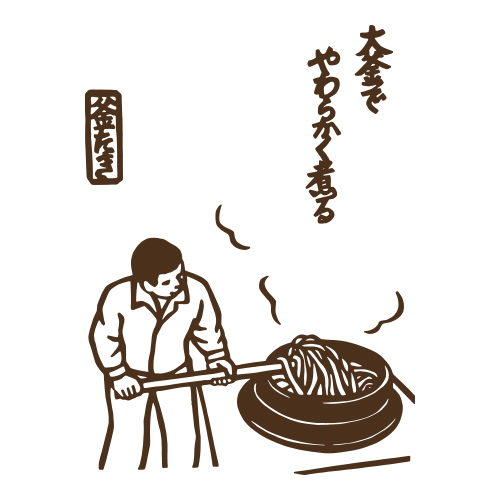
07.[Kamataki] Boiling in cauldron
Boiling the white bark in alkaline water to soften the fibers.
-
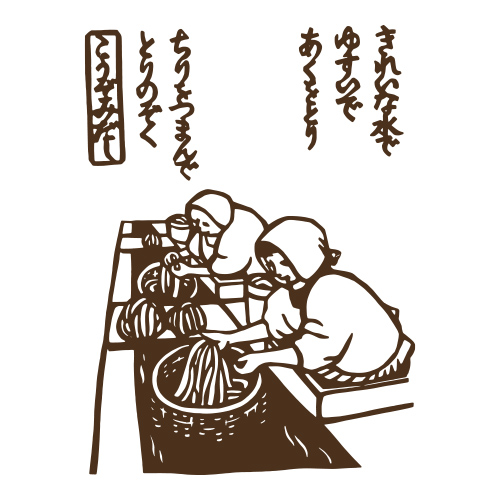
08.[Chiritori] Removal of impurities
The boiled white bark is washed in clean water to remove impurities and inclusions.
-
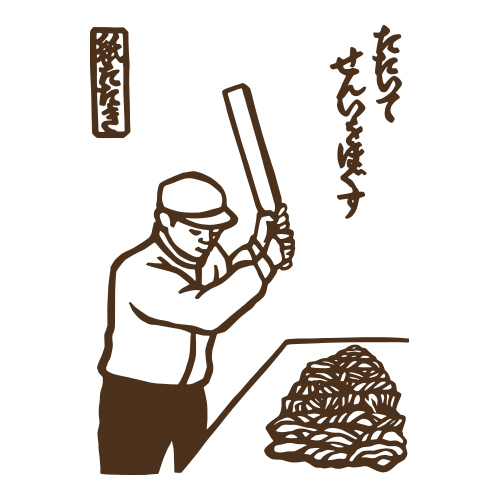
09.[Kami-tataki] Paper beating
Beating the bark to loosen its fibers. The finely crushed white bark is called the “paper stock.”
-
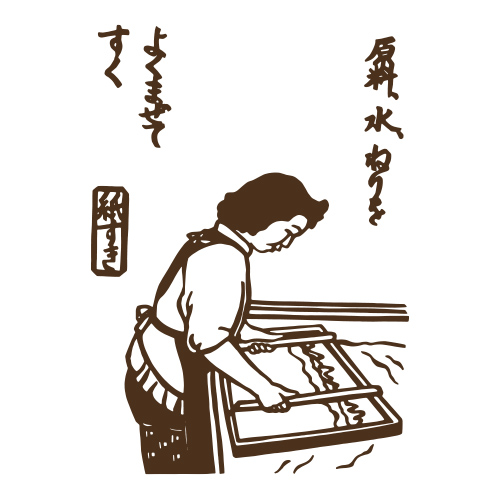
10.[Kami-suki] Paper sheet forming
Combining the “paper stock” and neri (the mucilage extracted from the root of sunset hibiscus plants) in a water-filled mold, making sheets one by one by shaking the suketa (the papermaking sieve-like screen or deckle) and stacking the wet sheets one on top of one another. The pile of stacked wet paper sheets is called the “paper bed”.
-
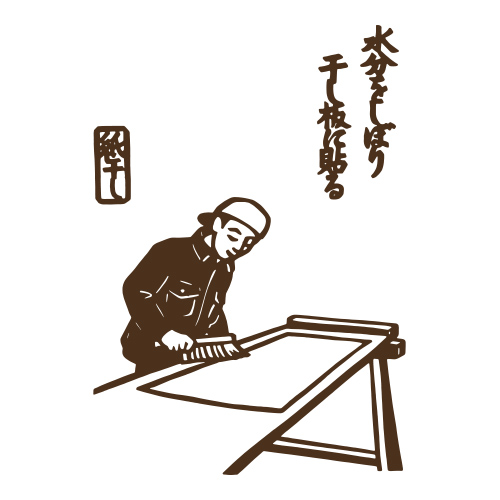
11. [Kamihoshi] Paper drying
Peeling the compressed paper sheets off one by one and attach them on the drying board or an iron plate for drying.
-
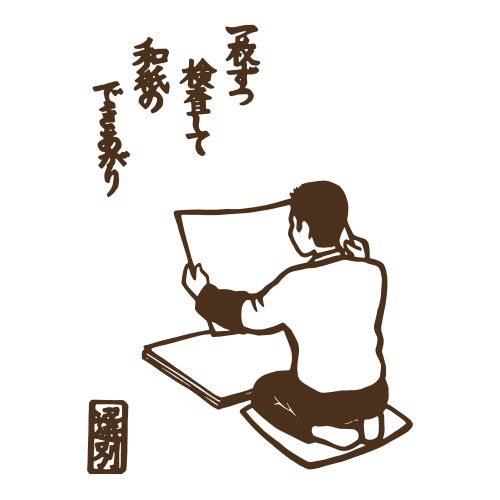
12.[Kenpin] Inspection
Finally, visually inspecting the sheets one by one and arranging them for delivery or placing them at the storefront.
How to Grow “mulberry” used as the Raw Material
We would like to introduce how to grow mulberry which is the raw material for the Japanese paper.
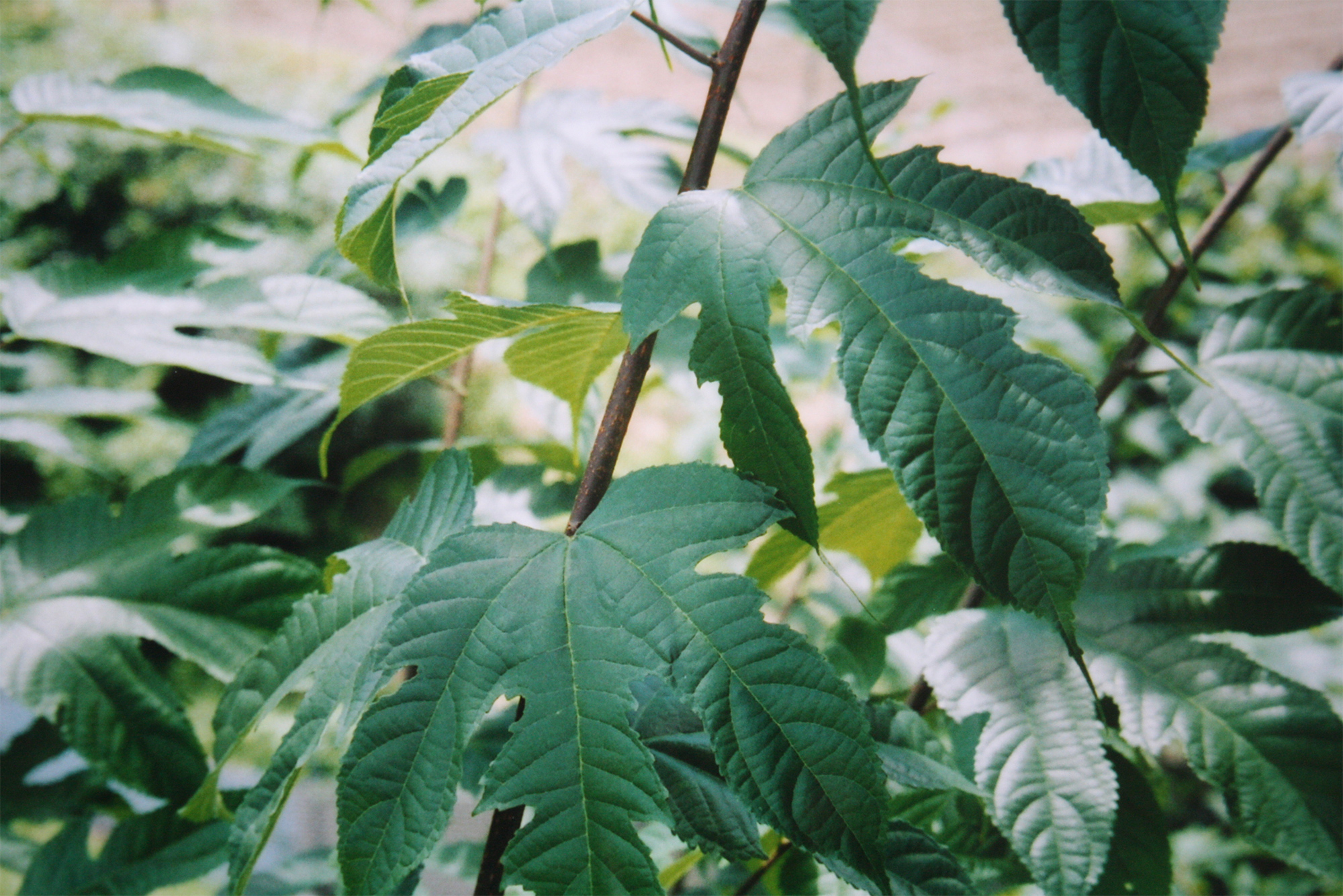
In Taka-cho, we are promoting cultivation of mulberry trees to support the production of the Sugihara paper.
The locally grown mulberry is particularly suitable as the raw material as its fibers have white color.
-
01.Planting
From late November to late March Planting of trees into well-drained loam.
-
02.Fertilizing
Adding fertilizer or lime 20 days before germination in March-April.
Adding chemical fertilizers immediately after the rainy season. -
03.Pruning
In the first year from planting, one or two main branches are left, and starting from the next year, two or three more branches from the branches left in the previous year are left.
When the trees mature, they will have more than 10 branches per tree. -
04.Trimming side sprouts
Sprouts coming out of the middle of the abovementioned branches shall be removed from June to September. Then you will have good quality bark.
-
05.Cultivating, weeding, laying straw
It is appropriate to conduct it from April to September.
Straw (grass) is important for preventing drying in the summer. -
06.Harvesting
December-January
Using a sharp sickle, two shoots at the root of the main branches are left and the rest are cut.
